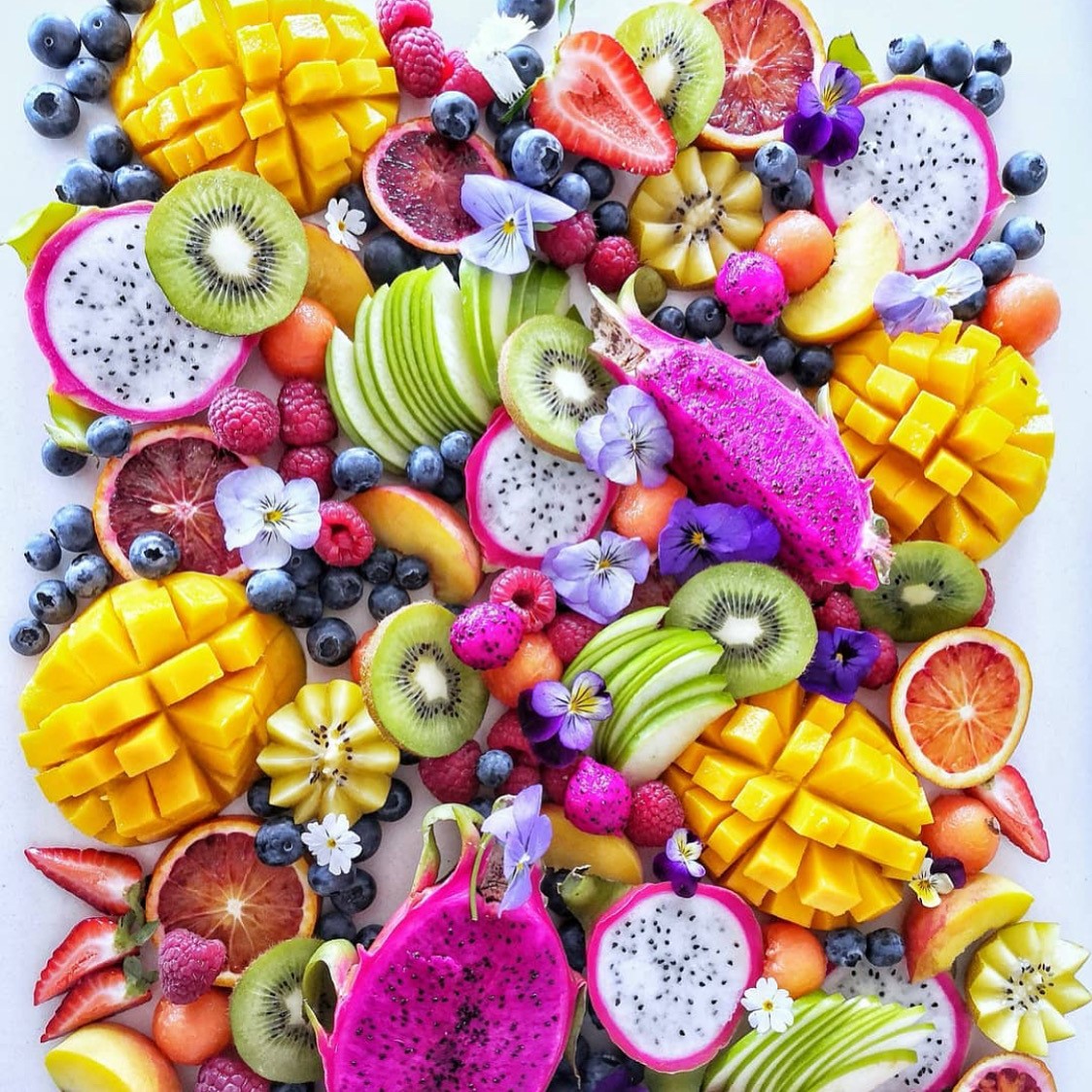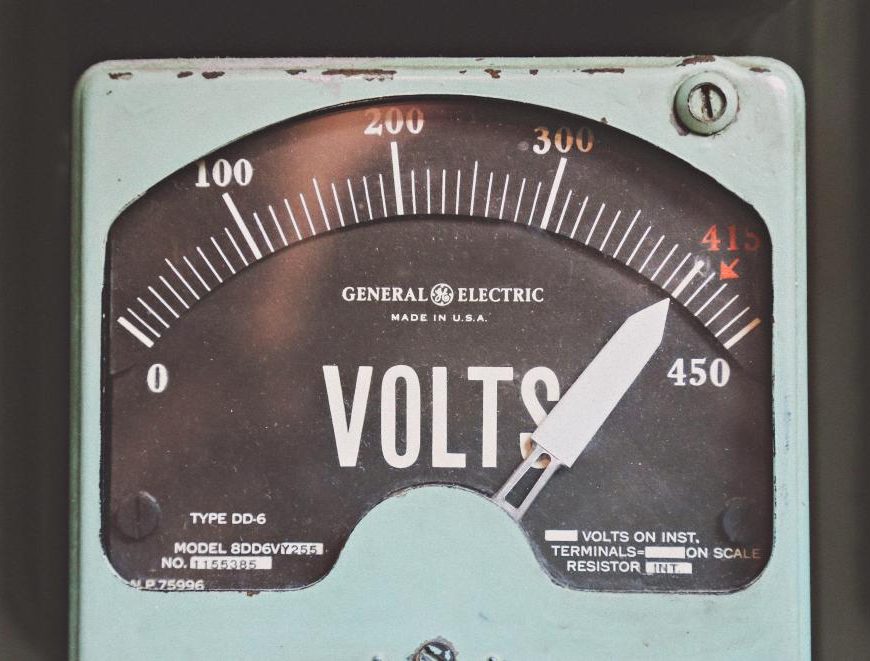This blog is part of the Good, the Bad and the Ugly blog series.
Specific macronutrients aren’t bad (e.g. carbs or fats). It depends on the source and quality.
Lovingly nicknamed ‘carbs’.
Provides four calories per gram.
Referred to as our ‘primary energy source’, carbs are most easily broken down into energy.
Carbs are the quickest macronutrient to be broken down because amylase (our carb-digesting enzyme) is secreted by saliva in the mouth. Carbs get a head-start against fats and proteins.
Broken down into glucose, and stored in the body in the form of glucose and glycogen. Glucose is stored in the blood (about 25g). Glycogen is stored in the liver (about 100g) and muscles (about 400g). This totals about 500g of carbs stored in the body. That is approximately 100 calories of glucose and 2,000 calories of glycogen in total (depending on your muscle mass). The more muscular and physically active you are, the more carbs your muscles will uptake before it is stored in adipose (fat) tissue i.e. converted into fat. The majority of people eat far more carbs than their glycogen can store.
The kidneys, red blood cells, central nervous system, and some brain cells rely on carbs to function. We don’t need a lot of carbs to feed these organs. Definitely not the 6+ servings of grains (carbs) a day, we are told to eat. Even if you just obtain your carbs from fruit (2-3 servings per day) and veggies, you will get all the glucose you need for these bodily functions.
It is unlikely that someone would fall short of carbs long-term, unless they were fasting for days or on a long-term keto diet. If you do follow a long-term keto diet, implement carb cycling.
The Good, the Bad and the Ugly Carbs
| Eat Most | Eat Some | Eat Least (or not at all) |
| Fruit (fresh or frozen)
Vegetables (fresh or frozen)
Root vegetables
Wholegrains – rice (brown, black, red, purple, wild)
Grain-like seeds – quinoa, buckwheat, millet, amaranth
Legumes |
Grains – white rice, corn, gluten-containing grains (spelt, barley, rye, oats)
Wholegrain/wholemeal bread
Pasta made from wholemeal flour, rice, quinoa, buckwheat, beans (mung beans, black beans, adzuki beans) |
Processed fruit (juice, canned)
French fries Flour White bread White pasta Muesli bars Crackers Chips |
*Extract from MY NUTRITION MENTOR by Liv Kennedy
Check out the Good, the Bad and the Ugly Fats & Proteins
Who loves a fresh fruit platter?!
Your Nutrition Mentor,




